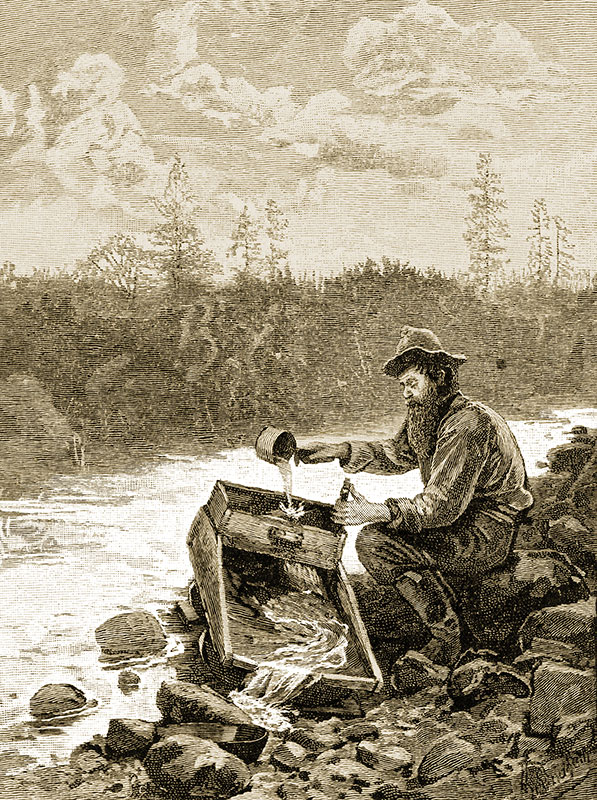Gold nuggets, historic maps, photographs, postcards and other artifacts help tell the story of Georgia’s antebellum gold rush, which preceded the frenzy in California by two decades, in an exhibit at the University of Georgia Hargrett Rare Book and Manuscript Library.
Legend has it that Georgia’s gold rush began in 1828 when a farmer stumbled over a rock and noticed it was flecked with gold. Prospectors flooded north Georgia, most of which was Cherokee territory, and within a few months the largest gold rush in the nation to date was underway. Two years later, the U.S. Congress passed the Indian Removal Act, ultimately forcing Native Americans from the state. When word of a new strike in California spread, prospectors left for the West Coast in 1849.
A centerpiece of Gold-digging in Georgia: America’s First Gold Rush is the Thomas Leverette McMullan Reed Creek Collection of Dahlonega Mint Coins, recently donated to the UGA Libraries by McMullan’s son, John F. McMullan, a UGA alumnus and UGA Foundation emeritus trustee. The collection is valued at $715,000. Support for the exhibit was also provided by the James W. Woodruff Sr. Center for the Natural History of Georgia and the Stephen E. Draper Center and Archives for the Study of Water Law and Policy.
The exhibit, at the Richard B. Russell Building Special Collections Libraries, will be on display through Dec. 5. Several programs are planned:
• July 13, 6 p.m.: Drew Swanson, history professor at Wright State University, will speak on “From Georgia to California and Back: The Rise, Fall and Rebirth of Southern Gold Mining.” A reception will follow.
• Sept. 21, 5:30 p.m.: Stephen Mihm, UGA history professor, will speak on “A Nation of Counterfeiters: Capitalists, Con men and the Making of the United States.”
